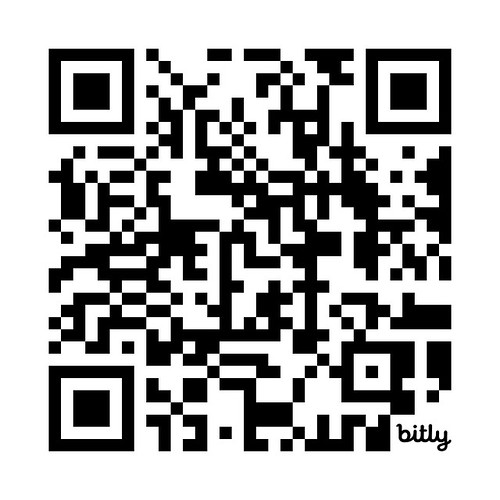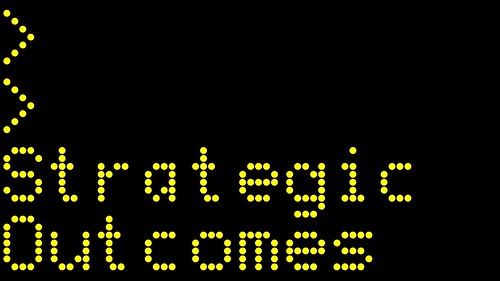December 2024 newsletter introduction
Welcome to my December 2024 newsletter, this newsletter marks my 17th issue. MIT computer students described 17 as the least random number following research asking respondents to provide a number between 1 and 20, 17 was the most popular answer.
In some Chinese dialects 17 can be considered unlucky as it sounds similar to ‘life of anger’. I am hoping for a life of relaxation rather than a life of anger over the Christmas holiday period.
I have found London to be cold, but not necessarily crisp, but the dark days will start to become lighter soon.
Whatever the holiday season throws at you, and whatever your favourite festival of choice to celebrate is called. Have a great one! (Here’s a soundtrack for the vibes.)
Being thankful
A good deal of December is about being thankful. The people and things that I am being thankful for (a by no means complete list).
My strategy fam: Parrus Doshi, Lee Menzies-Pearson, Sarath Koka, Colleen Merwick, Rob Fuller, Alice Yessouroun, Zoe Healey, Ian Crocombe, Michael Zarri and Calvin Wong, MBA.
My clients and partners this year including: Craft Associates, Havas, PrecisionAQ, & TANK Worldwide.
Other smart people in and around the industry: Stephen Potts, Darren Cairns, Robin Dhara, Nish Lad, Katy Howell, Nigel Scott, Rory Natkiel and Tom List.
Things: WARC, the IPA., IPSOS and Meltwater.
With that done, let’s get into the December 2024 newsletter!
New reader?
If this is the first newsletter, welcome! You can find my regular writings here and more about me here.
Things I’ve written.
Things I have written over the time covered by this December 2024 newsletter.
- The cultural significance of the Toyota AE86 in car culture around the world.
- Revenge on society attacks that have been sweeping China and more
- All the Christmas ads in one place for you
- A list and brief description of advertising archives online.
I will be dropping my review of 2024 on December 31st (technology permitting); here’s my review of 2023 to give you a feel about what you can expect to see.
Books that I have read.
I have been a bit slack on reading this month, but have made up for it with film recommendations below.
- I am stilling reading it at the time of writing, but I am really enjoying reading The Peacock and The Sparrow by I.S. Berry. The book rides a resurgence of espionage as a genre. Unusually for books it covers the early 2010s in Bahrain with a clear-eyed look at the civil disturbance that happened at the time. Obliquely, the book also deals with the post-petroleum phase of Bahrain’s development. Bahrain is a former petro-state that has now pivoted to Gulf area tourism and related services industries.
Things I have been inspired by.
2025 trends reports.
Matt Muir of Web Curios fame reminded me of the annual strategy and ad planners ritual of collating annual trends reports. While they aren’t the most scientific piece of work, they give you a good idea of what the corporate publishers who paid for them think in terms of:
- What they think their future business looks like
- What they think they need to say to remain relevant in the next year
Thanks to Ci En Lee and Amy Daroukakis who help wrangle this effort.
Things I have watched.
Election 2 – Johnnie To’s trouble with the Hong Kong and Chinese government following his interview with the BBC meant I bought a lot of films I will be sharing here over the next few months. I watched Election last month and followed it up Election 2. The sequel focuses on Louis Koo and Nick Cheung’s characters from the first film amongst others. It’s a film that pulls less punches and alludes to the machinations of how the Beijing government captured control of the Triad groups in Hong Kong. Needless to say, unlike the first film less than two years earlier, Election 2 didn’t get released in China.
The Hitcher – The Hitcher is an amazing film for a number of reasons. Rutger Hauer’s performance as John Ryder is amazing. You have a really taunt horrific thriller of a story, completely at odds with the film’s 15 certificate. The story is matched by a director who wrung a big production out of a small budget. The cinematography at times is breathtaking, shot in the deserts of California. When it got released on Blu-Ray I had to watch it.
I vividly remember the first time I watched it, with my mate Joe. His folks were away for the weekend and we hit the local convenience store bought an armful of snacks and fried up a packet of Bird’s Eye frozen paella prior to sitting down and watching the film. We were glued to the screen watching a rental VHS copy of The Hitcher. My friend Joe’s house backed on to a copse and a couple of tramps dossed in the small wood during the summer. While we were watching the film, a vagrant tried his back door, which was locked and scared the living daylights out of us. We ran him off wielding whatever we had to hand in the kitchen. I had to lock all my windows and doors before I pressed play this time around.
Rare Exports – Rare Exports is an amazing Christmas film made in Finland. It’s funny, touching, action-filled and horrific. It’s a modern twist on the Krampus legend.
Troll Hunter – Troll Hunter is a Norwegian film borrowing from the found footage genre including the likes of The Blair Witch Project and Canniblal Ferrox. A documentary film maker seeks to find out more about a mysterious hunter who is thought to poach bears out of season. The reality is far darker.
Useful tools.
Maven
If you’ve followed technology and social platforms for the past three decades you’ve probably heard the name Ev Williams. He was one of the founders of Pyra Labs who developed the Blogger platform that powered Google’s blogspot.com blogs, publishing platform Medium and microblogging platform Twitter. Maven is his latest social platform looking to provide a healthier alternative to other platforms focused on the dopamine hit triggers of followers, likes and comments.
It’s too early to see whether Maven will be successful, and people have lots of platform choices from BlueSky, Threads and Mastadon to Reddit. Give Maven a try here.
The sales pitch.
I have enjoyed working on a number of projects for Havas and am now taking bookings for strategic engagements from January 2025 onwards; or discussions on permanent roles. Contact me here.
More on what I have done here.

The End.
Ok this is the end of my December 2024 newsletter, I hope to see you all back here again in a month. Be excellent to each other and onward into 2025.




